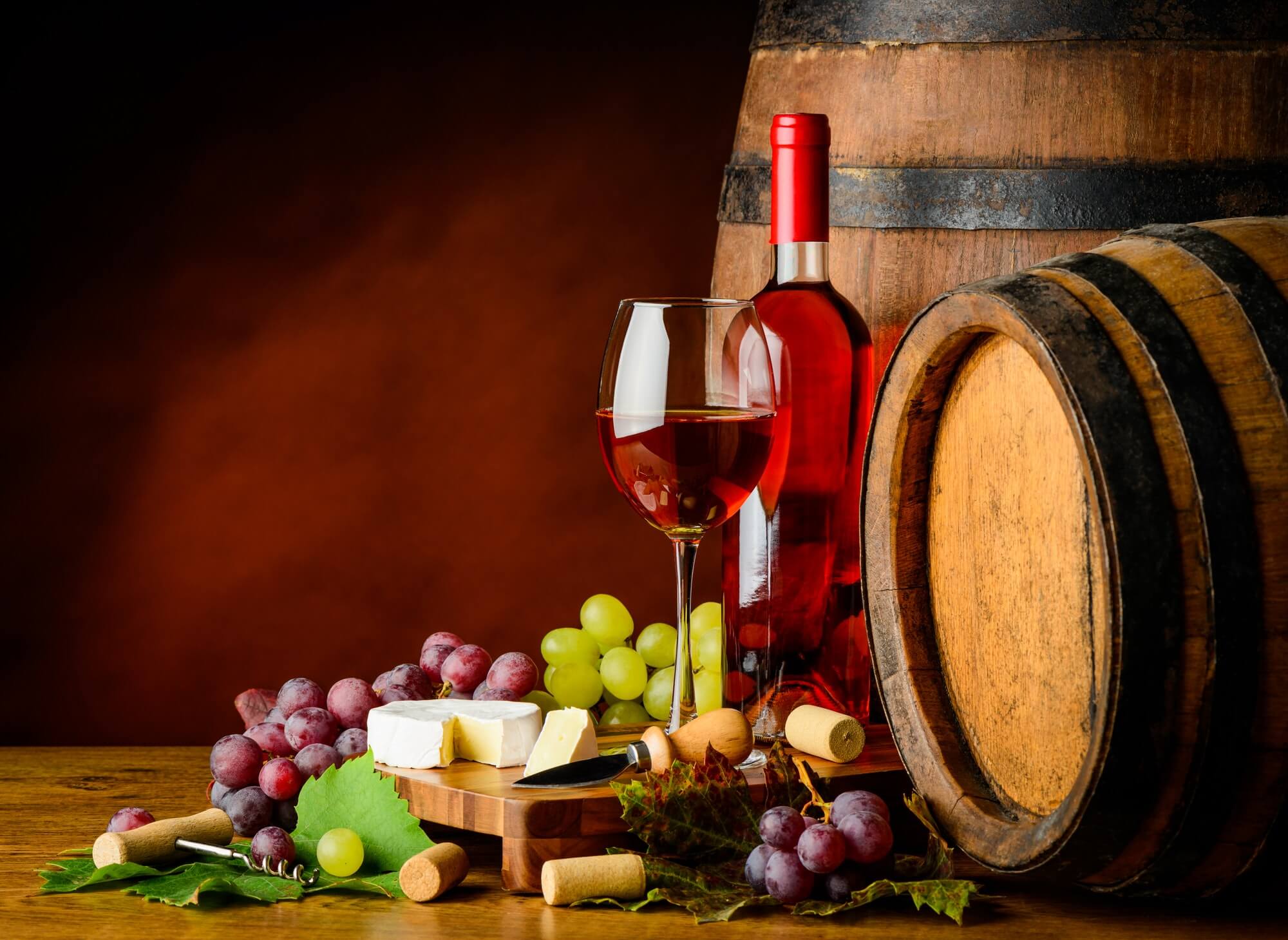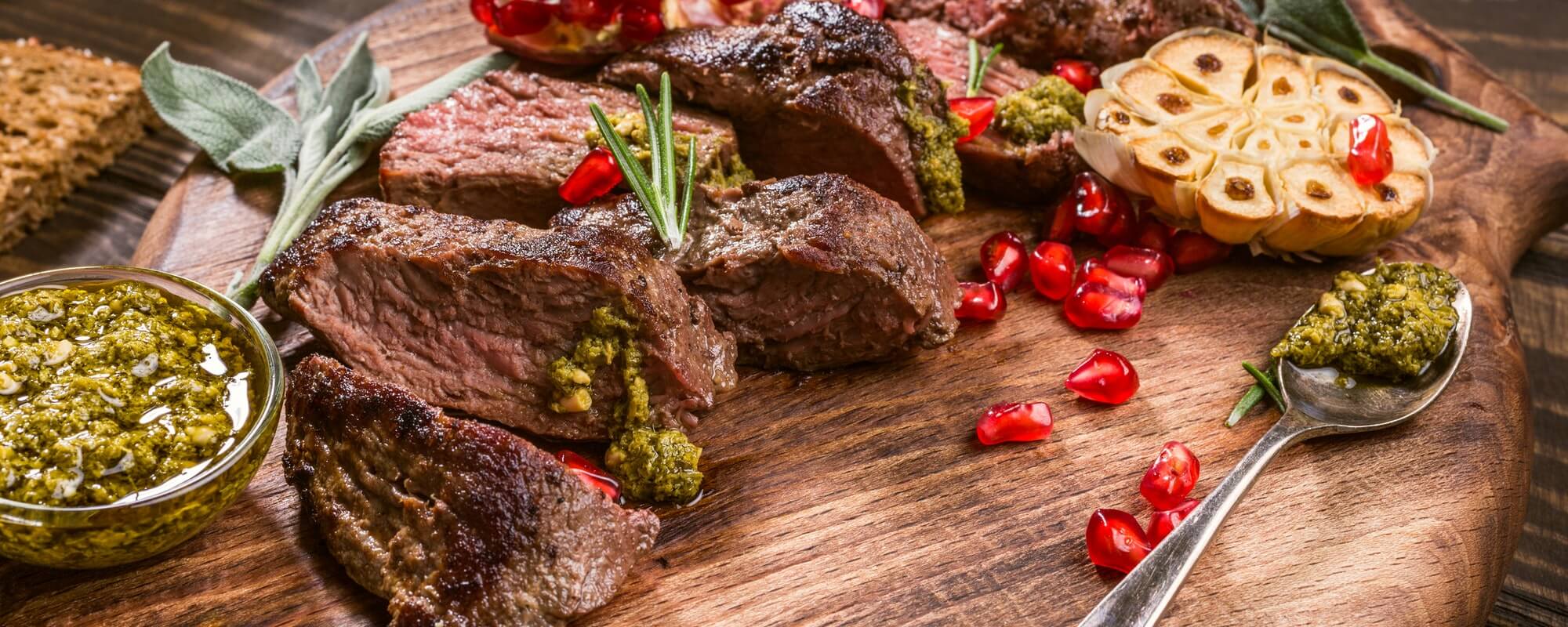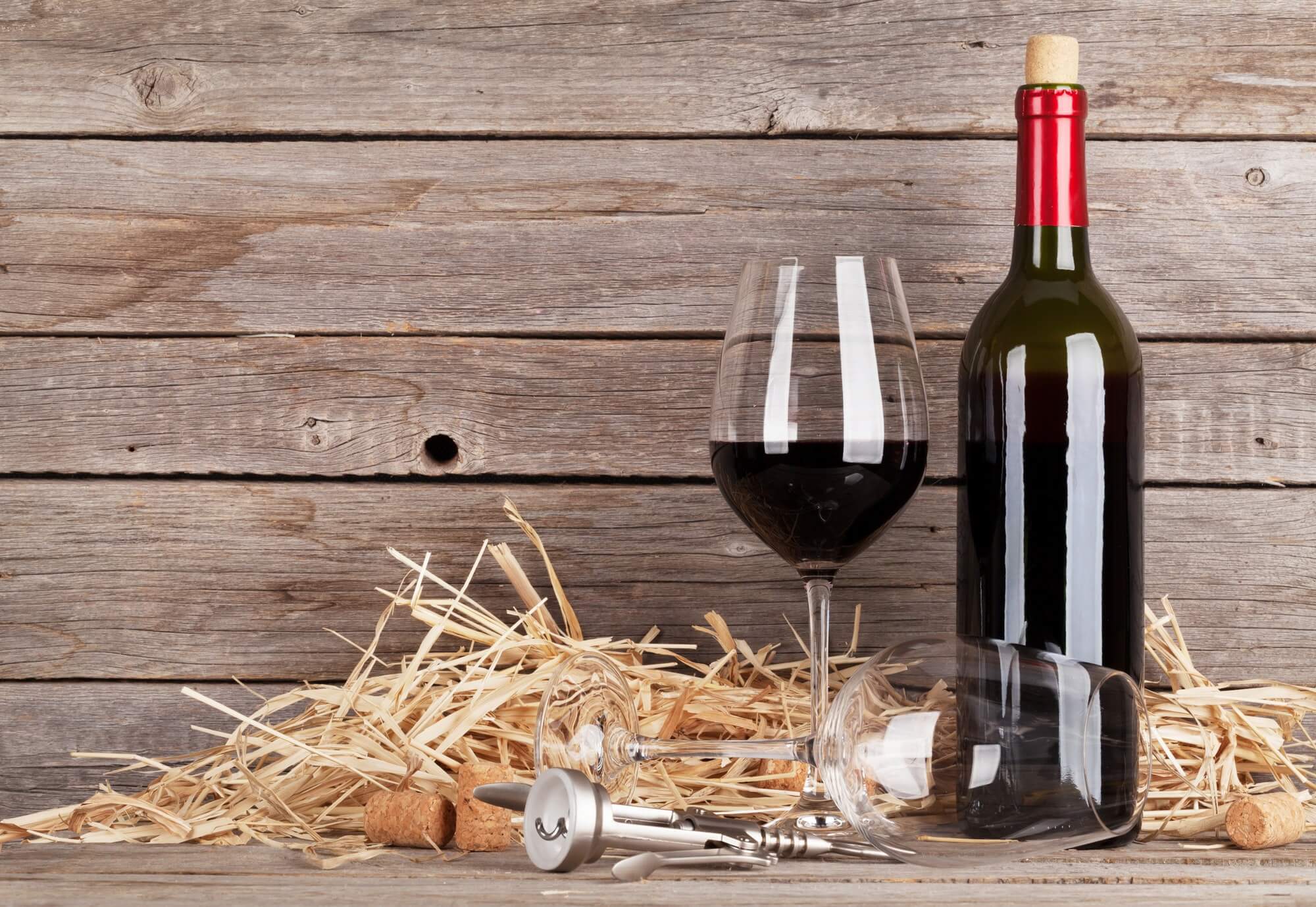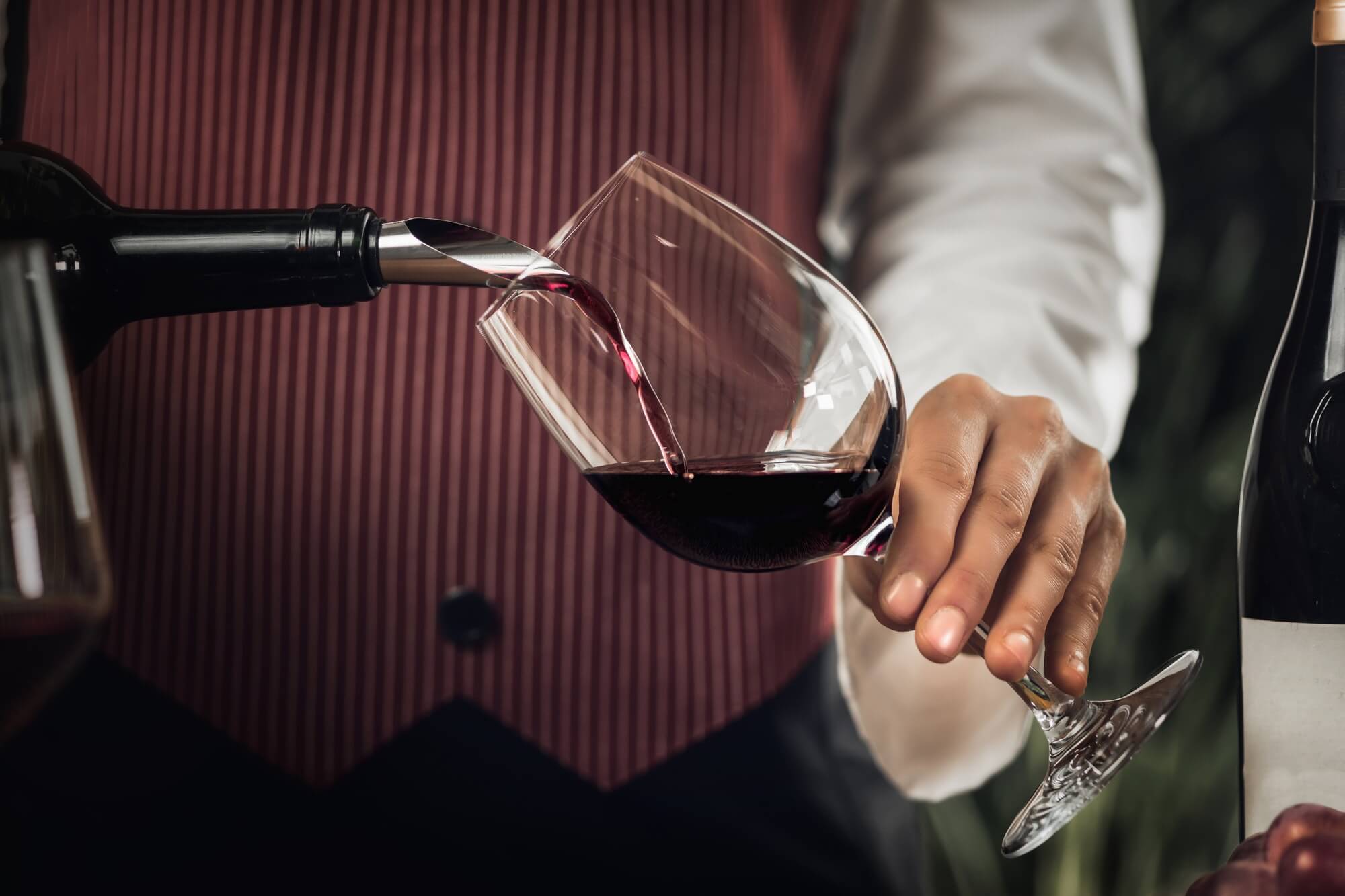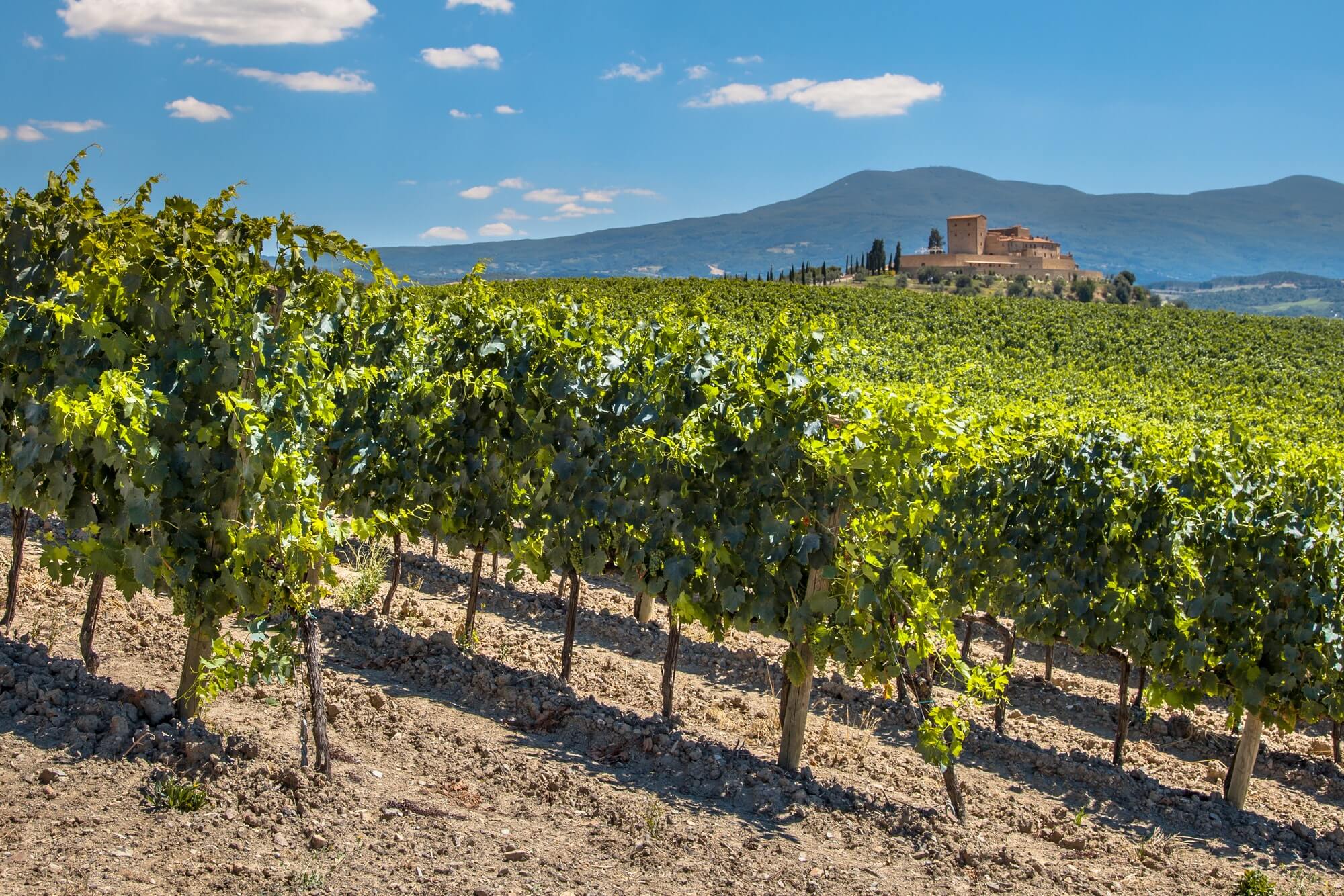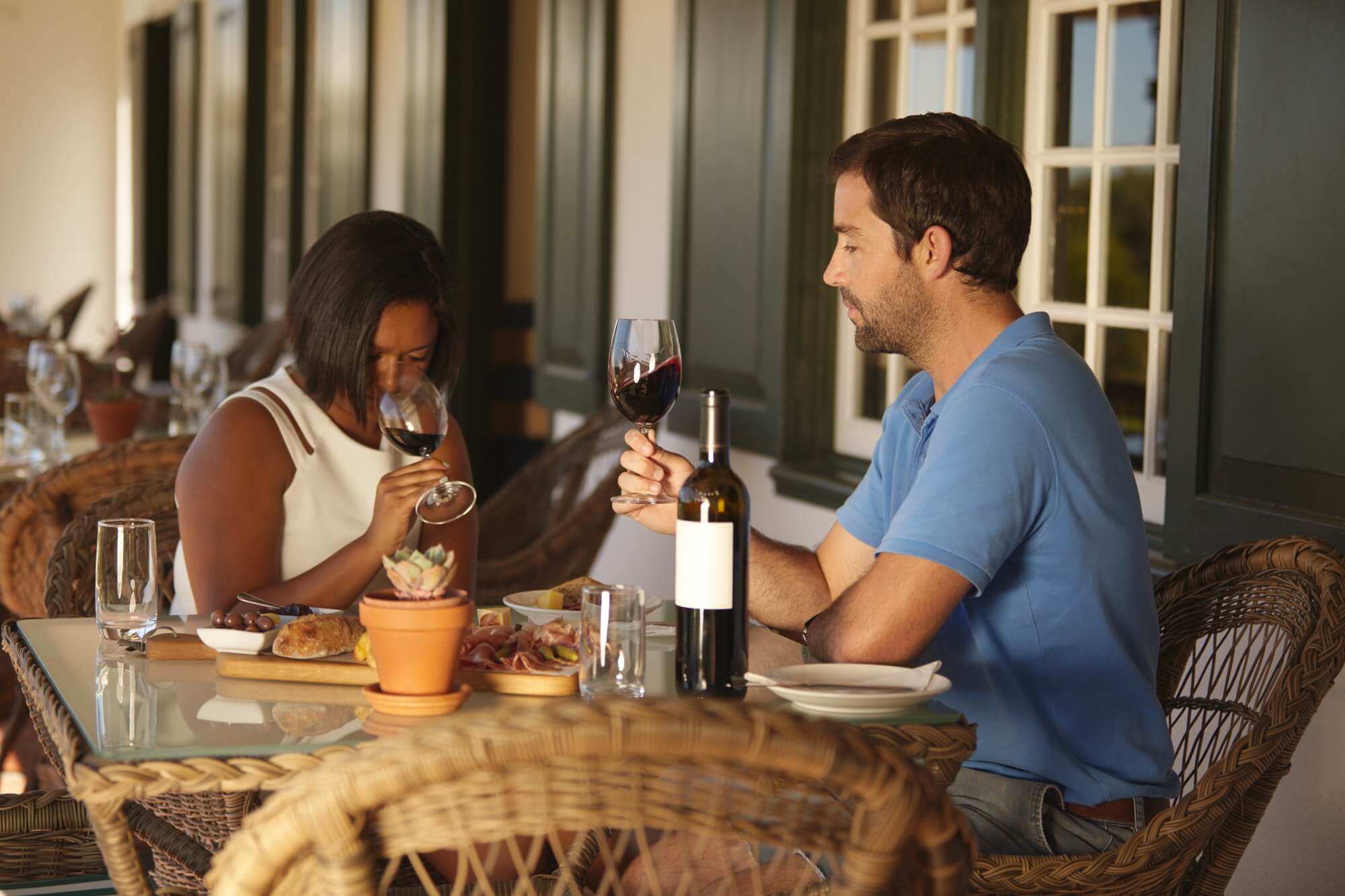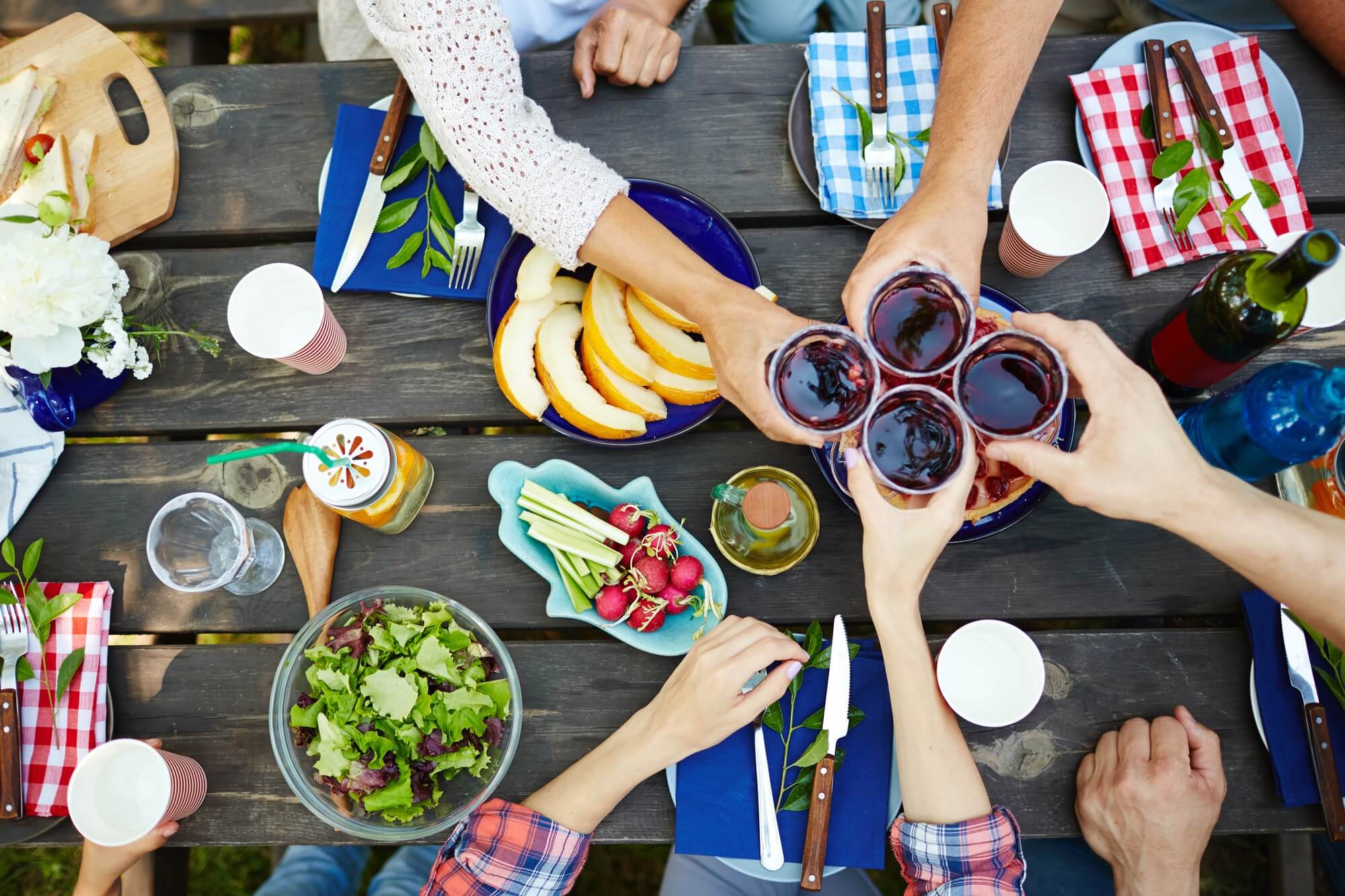Canadian Ice Wine
Although Ice Wine originated in Germany, Canada’s climate has allowed them the successful and high-quality production of the wine – placing them with other leading producers of this wine in the world.
Although producing Ice Wine is risky business, some of the producers in Canada have managed to do it successfully time after time. The region of Niagara in Canada is one of the largest production regions for of Ice Wine in the world – and with unique techniques, climate and experience, it’s no wonder why.
In the Beginning
Ice Wine in Canada dates back to 1972 after unforeseen frost set in across some vines in British Columbia. The winemakers never intended on releasing the wine produced from these frozen grapes, but changed their minds a few years later. This sparked the interest of Ice Wine in Canada.
It was in 1979 however, with the establishment of Newark Winery in Ontario, where the production of Ice Wine truly began to flourish.
In the years to follow, the production of Ice Wine remained pretty constant. However, the last fifteen years saw a great change for this product.
Current Developments
The curiosity regarding the boundaries of Ice Wine has been pushed in the last decade – testing out new methods, varietals and techniques. Ice Wines have traditionally only been made with specific varietals, mainly Riesling, Cabernet Franc and Vidal. In 1999, however, the first successful Merlot Ice Wine was produced, followed by a Shiraz, Sangiovese and Cabernet Ice Wine in the years that followed. The last decade saw a shift in perception regarding the limitations of this wine as well as moving away from Vidal and non Vinifera grapes.
Considering the amount of Ice Wine produced in Canada, there have been strict laws regarding the specifications of producing the wine – which has ensured a consistent standard throughout.
Currently, The Vintners Quality Alliance regulates this quality. There are a number of regulations Ice Wine has to meet in order for it to be considered a legal Ice Wine. These regulations control everything from the alcohol requirements, sugar content, harvest temperatures and even harvest months. Ontario, and Niagara particularly, has managed to meet these requirements and produce some of the world’s best Ice Wines.
A huge part of why Niagara is able to create such successful wines, is the terroir of the region. The soil of the region is rich in nutrients, and although it is considered a cool-climate area, there is a warm influence from Lake Ontario nearby that allows the grapes to ripen fully and consistently.
Considering the grapes are left on the vines for months after they have ripened, the wine producers have to protect the grapes from birds and animals – and do this by covering the vines with nets.
During harvest times, the grapes are picked in the early morning to ensure the acidity and sugars in the grapes are captured and retained for pressing. When Ice Wine is fermented, the process is slowed down tremendously due to the high sugar content and can take months to complete the process.
All these considerations and very specific techniques are what has allowed Canada, and Niagara, in particular, to stand out and make a name for themselves with the big European boys in the Ice Wine world.


